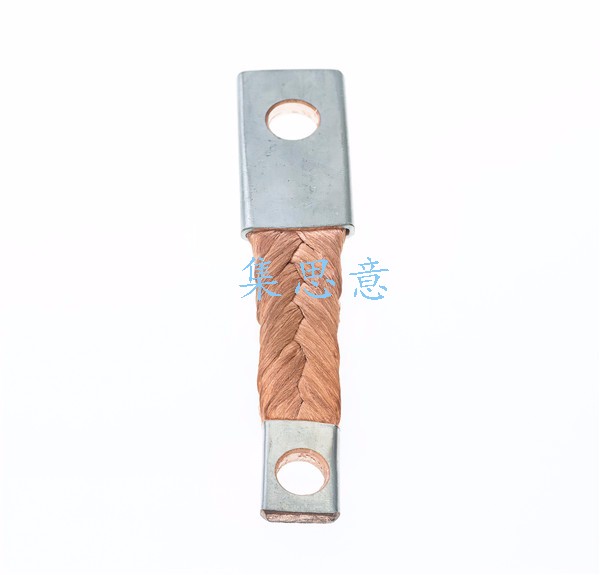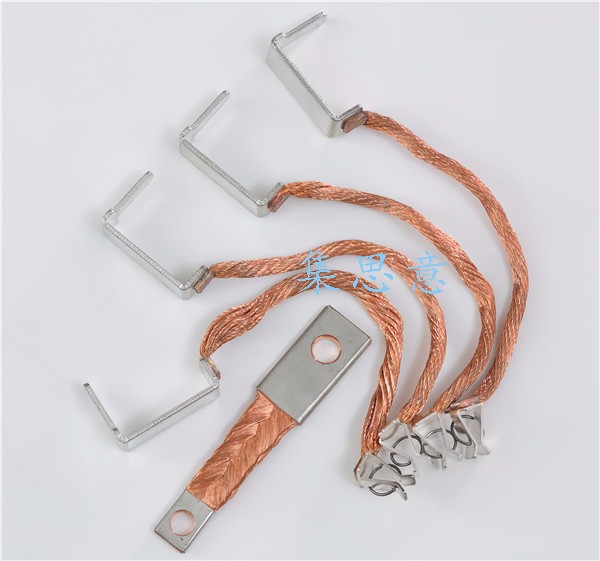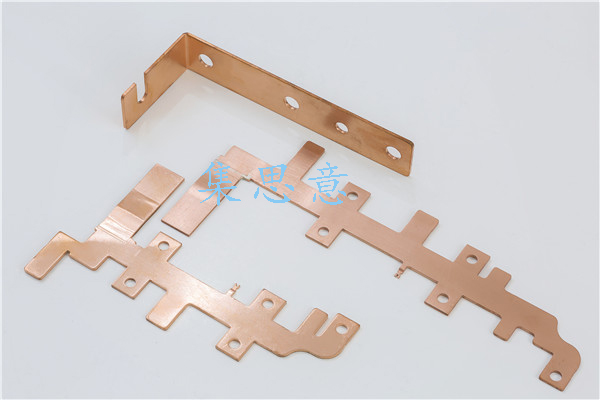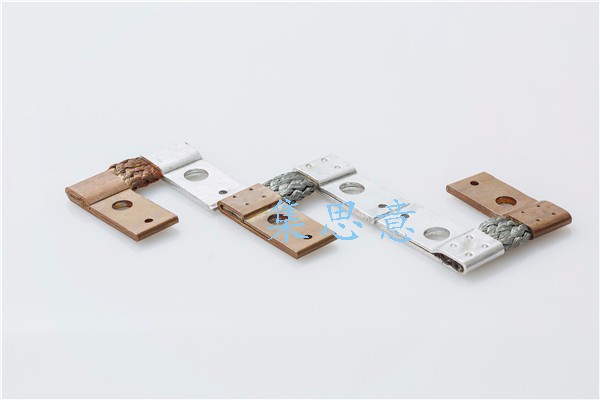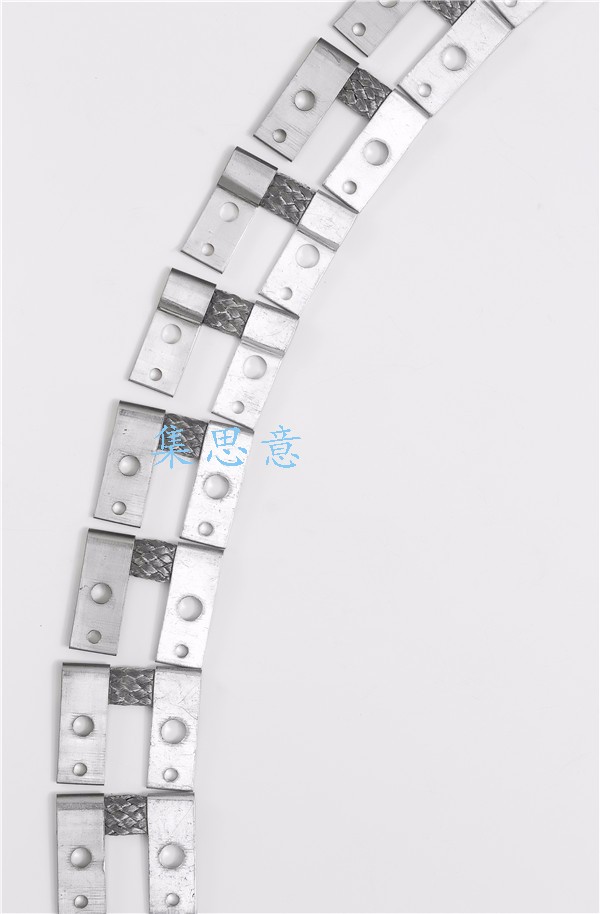Introduction of the three most common welding methods
With the continuous development of production and science and technology, there are many types of metal welding methods. If they are distinguished according to the characteristics of welding process, they can be divided into three categories: (classification method) welding, pressure welding and brazing.
1) Brazing - Definition: using metal material lower than the melting point of base metal as brazing material, heating the weldment and brazing material to a temperature higher than the melting point of brazing material, lower than the melting temperature of brazing material, wetting the base material with liquid brazing material, filling the joint gap and interacting with the base material to achi
2) Welding definition: a welding method in which the base metal to be welded is melted to form a weld without pressure, called fusion welding. Arc welding: melting electrode (electrode arc welding, submerged arc welding, gas shielded metal arc welding, spiral welding), non melting electrode (tungsten argon arc welding, plasma arc welding, carbon arc welding, atomic hydrogen non melting), extreme welding, gas welding, oxygen and hydrogen, oxyacetylene, air acetylene, thermite welding, electroslag welding, electron beam welding, laser welding). The common feature of this welding method is that the joint between the weldment and the filler metal material (sometimes without filler metal material) is melted by local heat source, fused together without pressure, and solidified after cooling. Welding and electroslag welding belong to this category.
3) Pressure welding - Definition: in the welding process, the pressure must be applied to the weldment (heated or unheated), and the method to complete the welding is called pressure welding. Resistance welding (spot welding, seam welding, projection welding, butt welding, high frequency welding); cold pressure welding (ultrasonic welding, explosion welding,forging welding, diffusion welding, friction welding, gas pressure welding). The common feature of this welding method is that no matter how the heating is, the weldment will exert certain pressure to make the two bonding surfaces contact closely and produce bonding effect, so that the two weldments are connected together. Contact welding and friction welding are the same
1) Brazing - Definition: using metal material lower than the melting point of base metal as brazing material, heating the weldment and brazing material to a temperature higher than the melting point of brazing material, lower than the melting temperature of brazing material, wetting the base material with liquid brazing material, filling the joint gap and interacting with the base material to achi
2) Welding definition: a welding method in which the base metal to be welded is melted to form a weld without pressure, called fusion welding. Arc welding: melting electrode (electrode arc welding, submerged arc welding, gas shielded metal arc welding, spiral welding), non melting electrode (tungsten argon arc welding, plasma arc welding, carbon arc welding, atomic hydrogen non melting), extreme welding, gas welding, oxygen and hydrogen, oxyacetylene, air acetylene, thermite welding, electroslag welding, electron beam welding, laser welding). The common feature of this welding method is that the joint between the weldment and the filler metal material (sometimes without filler metal material) is melted by local heat source, fused together without pressure, and solidified after cooling. Welding and electroslag welding belong to this category.
3) Pressure welding - Definition: in the welding process, the pressure must be applied to the weldment (heated or unheated), and the method to complete the welding is called pressure welding. Resistance welding (spot welding, seam welding, projection welding, butt welding, high frequency welding); cold pressure welding (ultrasonic welding, explosion welding,forging welding, diffusion welding, friction welding, gas pressure welding). The common feature of this welding method is that no matter how the heating is, the weldment will exert certain pressure to make the two bonding surfaces contact closely and produce bonding effect, so that the two weldments are connected together. Contact welding and friction welding are the same

